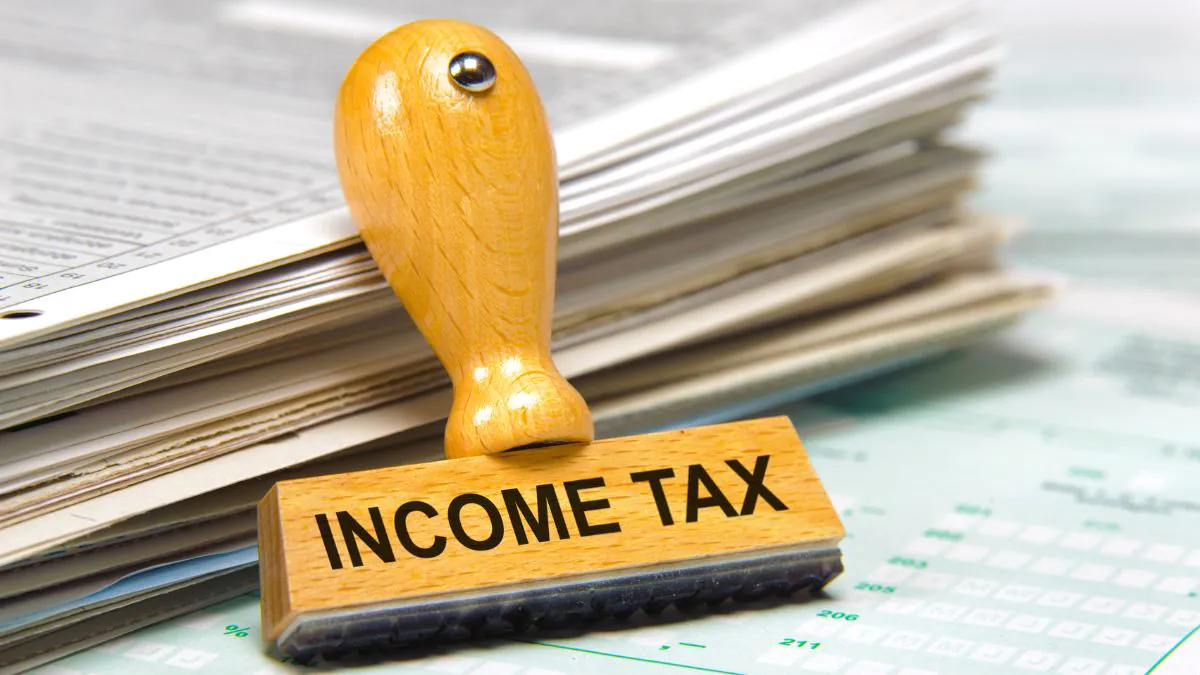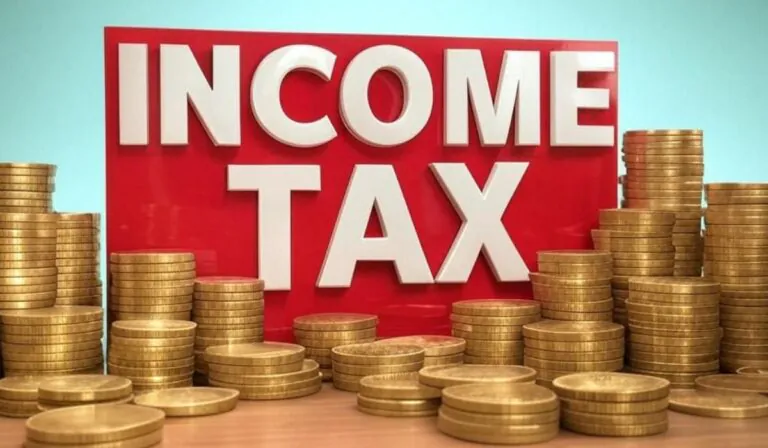A Guide to Saving Up to ₹12 Lakh Without Income Tax

Income tax in India can feel like a bheja fry for many, especially when you see a chunk of your hard-earned paisa vanish every year. But here’s the good news: with smart tax planning, you can legally save big and keep more money in your pocket.
The Union Budget 2025 has shaken things up, offering no income tax on earnings up to ₹12 lakh under the new regime. Whether you’re a salaried bhai or a freelancer hustling, this guide will show you how to reduce income tax and make the most of deductions and exemptions. Let’s see the desi way of saving tax like a pro!
Table of Contents
ToggleUnderstanding Income Tax Basics
What is Income Tax?
Income tax is the sarkari cut you pay on your earnings-be it salary, business profits, or rental income. It’s how the government funds roads, schools, and all that jugaad we rely on.
Assessment Year vs. Financial Year
The Financial Year (FY) is when you earn the money (April 1 to March 31), while the Assessment Year (AY) is the next year when you file your returns. For FY 2024-25, the AY is 2025-26. Simple, na?
Types of Income Tax
You’ve got personal income tax for individuals, corporate tax for companies, and more. We’re focusing on personal income tax here-your salary ka hisaab.
Income Tax Slabs
India has two tax regimes: old and new. The slabs decide how much tax you owe based on your income. Let’s break it down.
Current Income Tax Slabs for Individuals (Old vs. New Regime)
New Regime (FY 2025-26):
- Up to ₹4 lakh: 0%
- ₹4-8 lakh: 5%
- ₹8-12 lakh: 10%
- ₹12-16 lakh: 15%
- ₹16-20 lakh: 20%
- ₹20-24 lakh: 25%
- Above ₹24 lakh: 30%
- Bonus: No tax up to ₹12 lakh with a ₹60,000 rebate, and salaried folks get a ₹75,000 standard deduction, making it ₹12.75 lakh tax-free!
Old Regime:
- Up to ₹2.5 lakh: 0%
- ₹2.5-5 lakh: 5%
- ₹5-10 lakh: 20%
- Above ₹10 lakh: 30%
The new regime is chill if you don’t have many deductions, while the old one rocks if you’re investing in tax-saving options like PPF or LIC.

Calculating Taxable Income on Salary
Your salary isn’t just the basic amount. It’s got components like:
- Allowances: House Rent Allowance (HRA), Leave Travel Allowance (LTA), etc.
- Perquisites: Free car, housing, or other boss-level perks.
- Deductions: Stuff like Provident Fund (PF) or standard deduction.
Subtract exemptions and deductions from your gross salary to get your taxable income. Easy peasy!
Tax Saving Investments and Deductions
Here’s where the income tax saving magic happens:
- Section 80C: Up to ₹1.5 lakh on LIC, PPF, EPF, NSC, or kids’ tuition fees.
- NPS (Section 80CCD(1B)): Extra ₹50,000 for National Pension System.
- Health Insurance (Section 80D): ₹25,000 for self/family, ₹50,000 for senior citizen parents.
- Home Loan Interest (Section 24b): Up to ₹2 lakh on interest paid.
- Education Loan Interest (Section 80E): Full interest deduction, no cap.
Other deductions like donations (Section 80G) can also reduce income tax. Stack these up, and you’re golden!
Income Tax Exemption
House Rent Allowance (HRA)
Live in a rented ghar? HRA exemption depends on rent paid, HRA received, and city (50% of salary in metros, 40% elsewhere). Show rent receipts, and you’re sorted.
Leave Travel Allowance (LTA)
Plan a ghoomne ka trip with family twice in four years and claim LTA exemption. Keep travel bills handy!
Other Exemptions
Food coupons, transport allowance for the specially-abled-small but sweet tax breaks.
Tax on Various Income Sources
- Dividend Income: Taxed at slab rates; report it in your ITR.
- Fixed Deposit Income: Interest is taxable, with TDS if it crosses ₹40,000.
- Rental Income: Gross rent minus 30% standard deduction and home loan interest.
- Mutual Funds: Short-term capital gains at 15%, long-term at 10% above ₹1 lakh.
Old vs. New Tax Regime: Which is Better?
The old regime is dabangg with deductions, while the new one is sasta aur tikau with lower rates but fewer breaks. If your deductions cross ₹3 lakh, stick to the old; otherwise, go new. Compare using an income tax calculator.
Tax Planning Strategies
- Invest in tax-saving instruments like ELSS or PPF early in the year.
- Claim every deduction-don’t leave money on the table!
- Plan finances smartly spread investments for growth and tax benefits.
Real-Life Examples
Example 1: Old Regime
Salary: ₹12 lakh
Deductions: ₹1.5 lakh (80C), ₹50,000 (NPS), ₹25,000 (80D)
Taxable Income: ₹9.75 lakh
Tax: ₹92,500 (after rebate)
Example 2: New Regime
Salary: ₹12 lakh
Standard Deduction: ₹75,000
Taxable Income: ₹11.25 lakh
Tax: Nil (rebate applies)
The new regime wins here, but deductions can tilt it the other way.
Products for Tax Saving
- Top ELSS Funds: ICICI Pru ELSS, Axis Long Term Equity.
- Tax-Saving FDs: SBI, HDFC (5-year lock-in).
- NPS Schemes: HDFC Pension Fund, SBI Pension Fund.
- Health Insurance: Star Health, Apollo Munich.
- LIC Policies: Jeevan Anand, New Endowment.
- PPF: Safe, tax-free returns.
- NSC: 5-year lock-in, decent interest.
- Sukanya Samriddhi Yojana: For your ladli beti.
- Senior Citizen Savings Scheme: For buzurg folks.
- ULIPs: Insurance + investment combo.
Check ClearTax for more options.
Also read: Mistakes to Avoid When Filing Income Tax Returns in 2025-26
Saving up to ₹12 lakh without income tax is totally doable with the right tax planning. Whether you pick the old regime’s deductions or the new regime’s simplicity, stay on top of your investments and exemptions. Regular planning beats last-minute jugaad any day.
Got questions? Drop a comment below and share this with your dost log!
Disclaimer
Tax rules can be tricky. Consult a tax pro for advice tailored to your scene.
Well Returns is not a financial adviser. The content provided here is for informational purposes only and is intended to offer a brief overview and general knowledge. It is not a substitute for professional financial advice. Please consult a qualified financial adviser before making any financial decisions or investments.
Related FAQs
You can utilize tax-saving investments like PPF, ELSS, NPS, etc.
You can save up to ₹12 lakh under section 80C of Income Tax Act.
Yes, options like EPF, life insurance premium, SCSS are beneficial.
Consult with a financial advisor for personalized tax-saving strategies.
You may end up paying more tax than necessary, reducing your savings.






